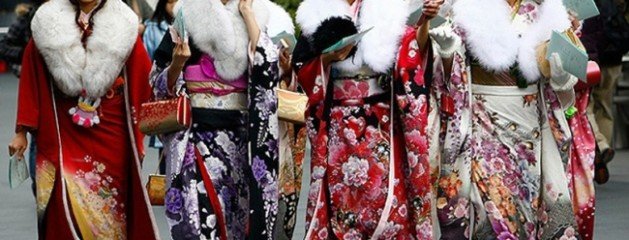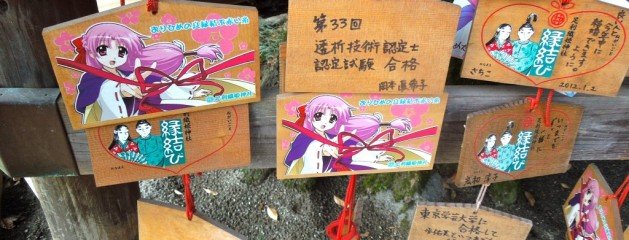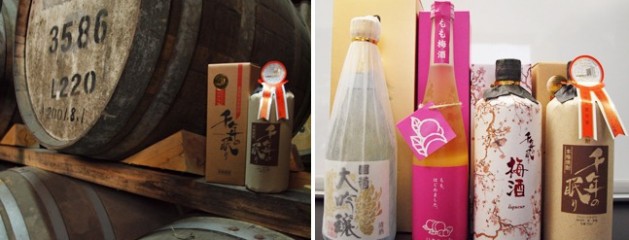The second Monday of January is Coming-of-Age Day, a national holiday to encourage those who have newly entered adulthood to become self-reliant members of society. (The holiday used to be on January 15, but in 2000 it was moved to the second Monday of the month.) Last Monday we celebrated the coming of age day for 2014. Local governments host special coming-of-age ceremonies for 20-year-olds, since an “adult” in Japan is legally defined as one who is 20 or...
Read MoreJapans whacky holidays: Coming of age day









